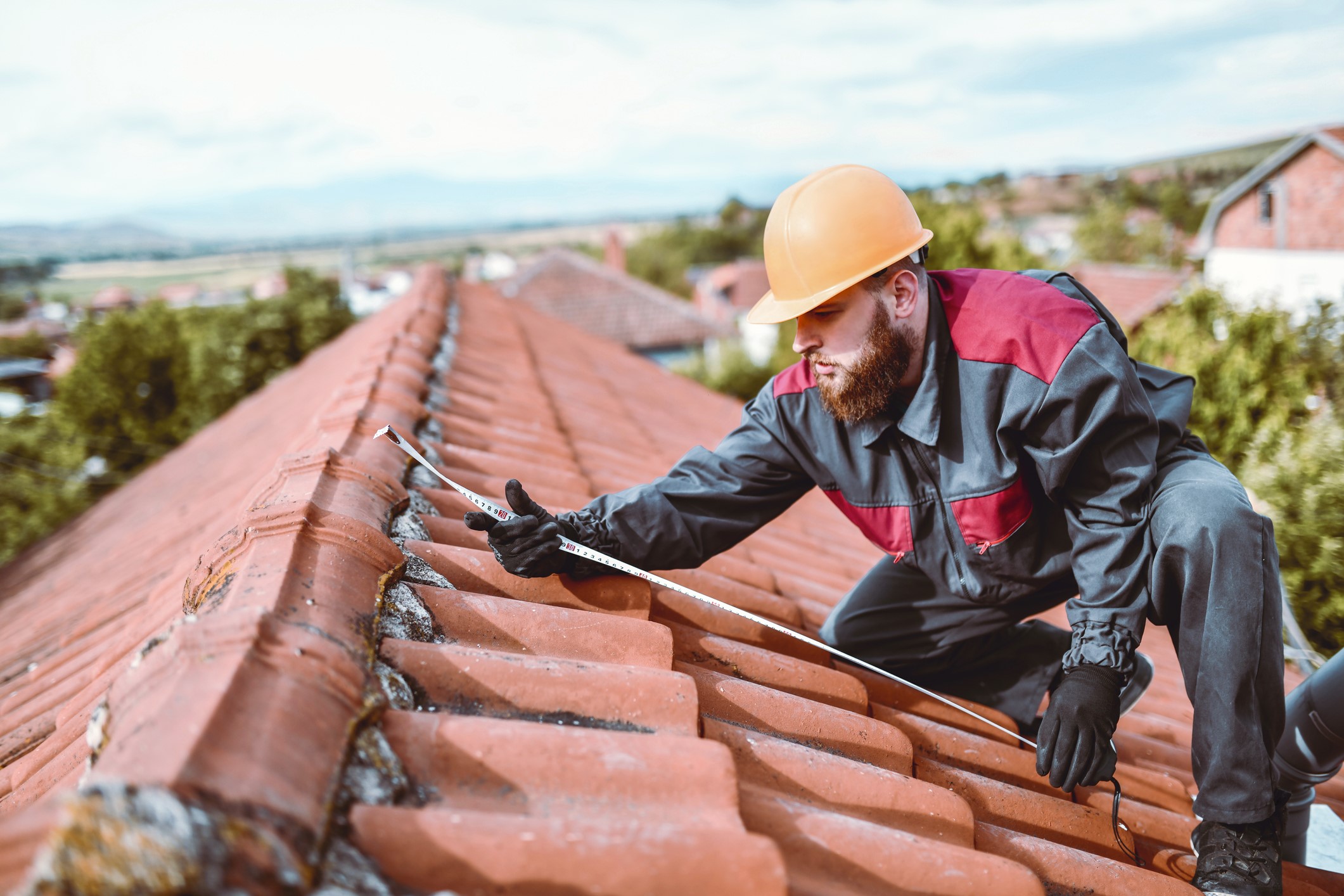Your roof is an essential part of your home. Without it, your home is exposed to the elements, and you’ll deal with property damage. That’s why it’s so crucial that you do a yearly roof inspection to check on the health of your roof. Here’s why the roof inspection process is essential and how you should carry out your checks.
Why a Roof Inspection Is So Important
So firstly, why should you be inspecting your roof yearly? There are many reasons you’ll want to keep a close eye on your roof, but the biggest reason is that the roof is open to elements all year long. Depending on your climate, it could be dealing with rain, UV rays, hail, strong winds, etc. With so much being thrown at it, you never know when something will damage the structure of your roof. You’ll also want to keep up that inspection schedule for the following reasons:
- Catch any issues quickly: No matter how well you care for your roof, sometimes issues will be issued. The longer these issues are left unaddressed, the worse they’ll get. That leads to the likelihood of other problems in your home, such as leaks and water damage. You’ll also avoid hefty repair bills, as a problem caught quickly will be easier to repair.
- Keep an eye on the aging of your roof: Over time, your roof will start to age. Again, this happens even when you take good care of the roof. You can avoid most problems by examining the roof and looking for issues. As the roof ages, it’s more likely to develop cracks or gaps that water can get through. A yearly roof inspection will help ensure that you can spot it quickly and get it repaired.
- Check on potential storm damage: As well as doing the yearly inspection, you should inspect your roof as soon as possible after a storm in your area. As soon as it’s safe to do so, check your roof for any signs that the storm has damaged it. Storms can wreak havoc on roofs, pulling off shingles, blowing debris into gutters, and even dropping debris on the roof itself and damaging it. If you’re doing that inspection ASAP, you’ll see that you can minimize the damage and address it immediately.
- Warranty claims: When a professional installed your roof, you should have been given documents showing your roof is covered under warranty. That should cover both the workmanship involved as well as the materials themselves. The time on the warranty varies, but if any issues arise during that time, your roof should be covered. Doing those yearly inspections means you can stay on top of the roof’s condition and file that warranty claim in time should you need to. Ensure that you hang onto those documents, so it’s easier.
- Checking after a leak: If you’ve spotted a leak in your home, and ruled out other causes, such as burst pipes, then your next step is to inspect your roof. A gap in the roof likely is to blame, especially if you’ve had heavy rain recently. Because of this, you’ll be able to spot where that leak is coming from and have it fixed as soon as possible before more damage occurs.
How to Inspect Your Roof
As you’ve seen, there are all kinds of reasons why you should be inspecting your roof. If you keep up those yearly inspections, you’ll be able to keep it in the best possible condition. Here are the steps you’ll need to take to ensure that your roof is in good condition.
- Proper safety precautions: First, you will want to ensure your safety as you inspect your roof. Getting on top of your roof is always risky, especially for someone who hasn’t been trained in roofing. If you want to check your roof, it’s usually best to inspect the ground. You can use a pair of binoculars to look at your top for anything out of place.
- Interior inspections: As well as the outside of your roof, you’ll want to check the inside too. Get into your attic, as you can see all kinds of potential issues there. For example, you’ll be able to find any moisture or wood rot in the timbers, as well as gaps in the roof, as you’ll see the light shining through.
Once you start inspecting, there are several things that you should be on the lookout for. These include:
- Broken or missing shingles: These can commonly go missing or break, thanks to inclement weather, or wear out over time. Replace or repair damaged shingles immediately to restore the gaps in your roof’s armor.
- Blocked guttering: A clogged gutter will let water flow back onto the roof, causing leaks, ice dams, and more. Scoop out any debris in the gutters, and consider installing a gutter guard.
- Moss and algae: If you see moss or algae growing on your roof, that’s something you’ll want to get removed. They hold moisture against the roof, leading to water damage over time.
- Chimney: Your chimney significantly affects the quality of your roof, so you’ll want to ensure you’re checking it. Look for loose bricks, deteriorated mortar, or wet marks on the chimney stacks.
- Ventilation: Ventilation is crucial for your roof to ensure that condensation doesn’t occur. Check all ventilation on your roof, ensuring no debris blocking the airholes and leading to issues later on.
Final Takeaway
Now you know why a yearly roof inspection is essential. Make sure you make time for those inspections and call out a roofing professional who can help with any issues that you come across.

